Difficult, not specific
In early April, Hau Giang province held a seminar with the topic "A Lever for Agricultural Product Logistics in the Mekong Delta". This workshop attracted wide attention, not only from Hau Giang. The comments all pointed out the current situation as well as offered solutions to help remove existing logistics barriers.
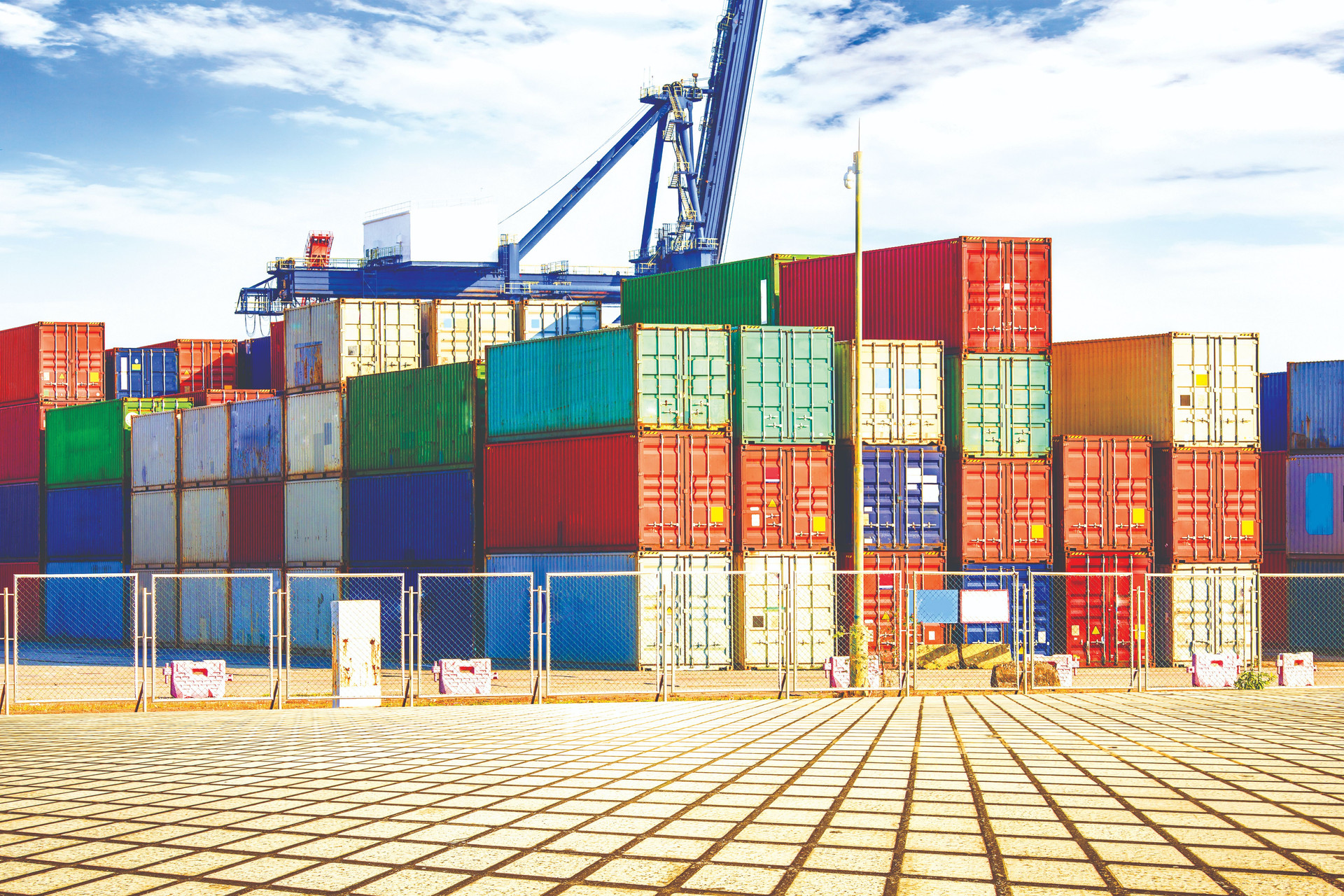
In the seminar, experts, scientists and enterprises pointed out limitations and obstacles in policies of assisting enterprises and existing difficulties in production zones and logistics infrastructures.
Currently, the Mekong Delta has contributed 90% of rice productivity, 65% of aqua-product productivity, and 70% of fruit productivity for national export. The need for transport export goods of the Mekong Delta can be dozens of million tons.
However, there is a shortage of seaports in the Mekong Delta, especially deep-water port for container vessels. Meanwhile, a number of key ports in HCMC have always been overloaded, resulted in the increase in costs of services, warehousing and in waiting time as well...
In Mekong Delta, there are shortages of key logistics centers and satellite hub systems; lacks empty container yards, warehouse systems at ports, standard irradiation units... Agricultural products are still being transported through many locations and brought to HCMC to export to other places which results in high logistics costs and the loss of competition abilities.
And certainly, infrastructure and connectivity is not merely the story of Hau Giang, or not of the Mekong Delta- in a larger scale, it is the “bottleneck” for the whole country.
Resolution of the 8th Party Congress set out three strategic breakthroughs including improving synchronously development mechanism; developing human resource, especially high-quality human resource; building modern synchronous infrastructures to awaken the aspiration of developing the country, to be a developing country with industry in the modern direction and surpass the level of low average-income countries by 2005.
Infnastructure "bottleneck" and the difficult problem of synchronicity
The transport infrastructure system has had some investments which results in remarkable changes. Many modern large works have been put into operation and shown their effectiveness at their initial stages of operation. WEF has annual reports on Competition Index. Accordingly, Vietnam’s competition index is on the increase. In general, transport infrastructure developments in recent time have initially met the transport needs for socio- economic developments and further, international economic integration.
.jpg)
Being well aware of the position of the infrastructure, there have been difference in guidance from the Government and Prime Minister.
At the end of July 2022, PM Pham Minh Chinh signed a decision to establish “State Steering Committee for important national key projects of the transport sector”. The Prime Minister himself is the head of the committee.
In accordance to the spirit of the Resolution of the 8th Party Congress and Strategy of Socio- economic Development in 10 year 2021- 2030, the targets are to complete 3,000km of expressway until 2025 and 5,000km of expressway until 2030.
Deputy PM Le Van Thanh said, the total length of expressway having been put into operation is 1,932km. The length of expressway that have been completed so far is 1,290km. Thus, Vietnam will have 3,222km of expressway in total. In regional key localities as Hanoi and HCMC, many transport infrastructure works have been developing.
It is obvious that Vietnam’s transport infrastructure is not very synchronous and its connectivity is weak, especially when connecting centers of production, goods consuming, and material zones to seaports, airports and local water-way ports. There have been many inadequacies.
Infrastructure and systems of assisting services are scatters. In key economic zones, there are lacks of ICDs and logistics centers which affects the optimization of transport activities and creates less income in the value chain. Infrastructure has become a great barrier which make transport costs increase and reduce products’ competition abilities. Besides, there are outdated railroad system and ineffective abilities of the local water ways.
.jpg)
“Local water way has received little investment, mostly trying to make use of natural conditions. Therefore, its infrastructure (bridges, ports, and navigation ways) and equipment of transport and stevedoring are outdated, mostly handling bulk cargo, not container cargo,” PhD Bui Thien Thu- Director of Local Water-way Department said.
Talking about Vietnam’s seaport system, Nguyen Xuan Sang- Deputy Minister of the Ministries of Transport- said although ports are basically suitable to the planning and basically meet the needs for import- export goods stevedoring and domestic transport, there are a few of modern seaports reaching international standards.
Vietnam has had modern international gateway ports (Cai Mep- Thi Vai) which are capable to receive super large container vessels transporting goods to Europe, American East Coast and West Coast. However, due to shortage of traffic infrastructure linkage, one-way navigation way and a number of reasons, maritime distant routes and the small number of vessels anchoring, needs for distant transport have not been met.
Vietnam need time and large resources to invest in the synchronous connecting traffic infrastructure to cut logistics costs. And it is necessary to have improvements in mechanism, policies, and quality of tasks...



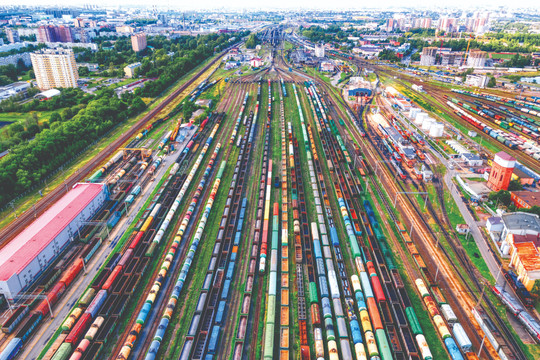
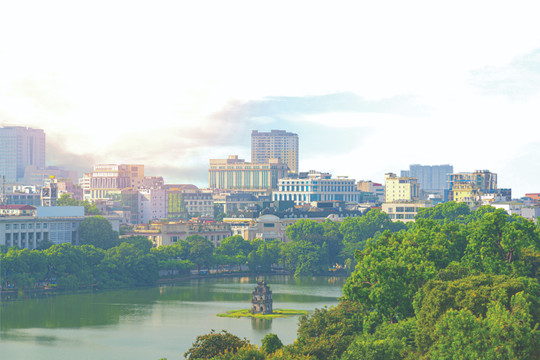
.png)
.png)
.png)
.png)


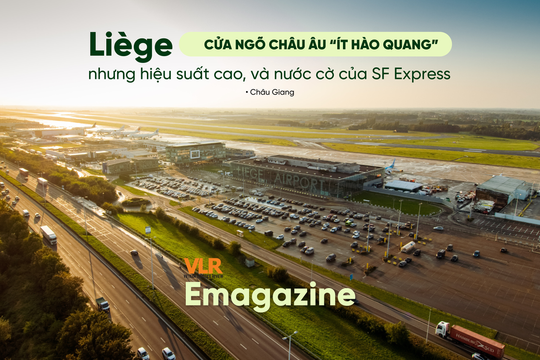
.png)

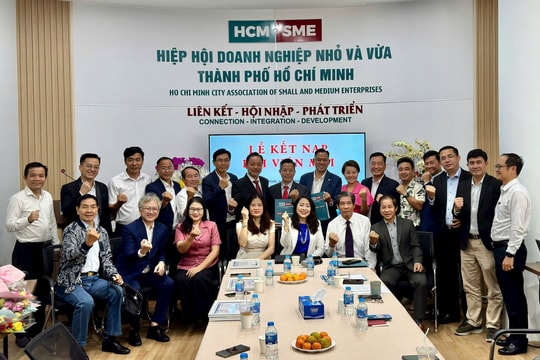




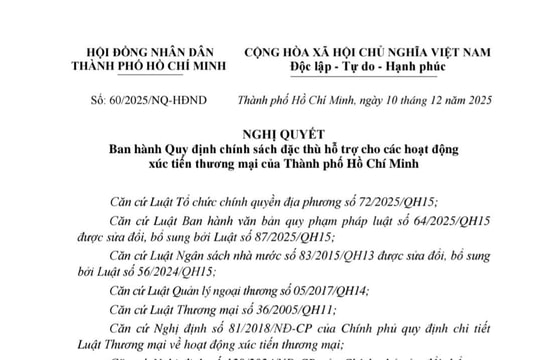
.png)